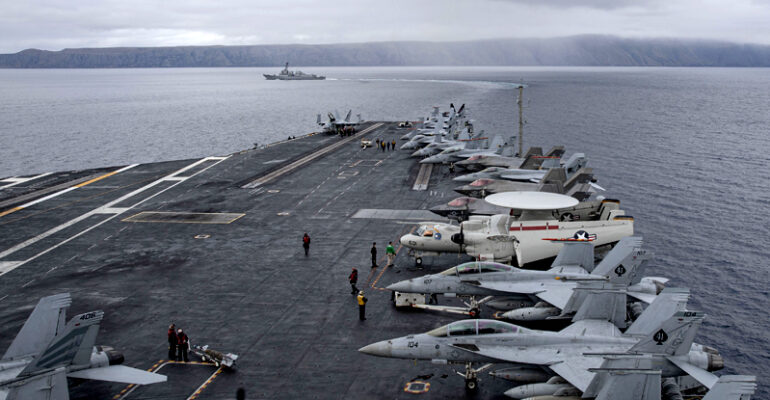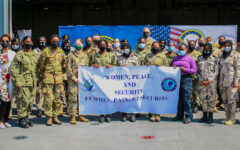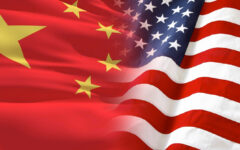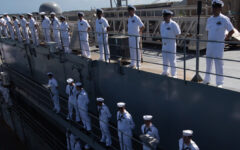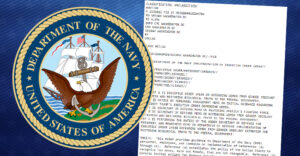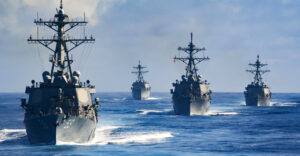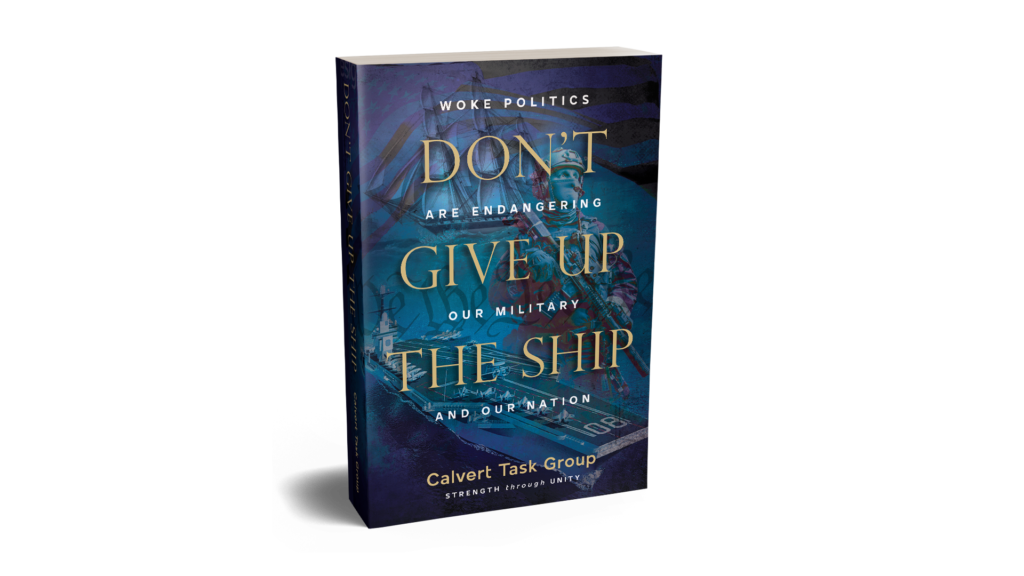Navy Missiles and the Defense of Taiwan: Part 1
23 April 2024 2024-05-18 16:33Navy Missiles and the Defense of Taiwan: Part 1
By Capt Brent Ramsey, US Navy ret
Missiles have been much in the news with Iran’s attacks on Israel either directly or through its proxies. Missiles have played a dominant role in this conflict. Modern missiles have phenomenal capabilities for both offense and defense. This has become increasingly self-evident against the types of attacks employed by Iran and its level of technology. Ship defense missiles will play an even more prominent role in any future conflict.
While war with Russia, Iran, or even the Democratic People’s Republic of Korea is possible, the more likely threat is a war with the People’s Republic of China (PRC) over Taiwan, a war of missiles. The PRC alone has military forces to challenge U.S. might and the ambition and will to do it. The Chinese have been preparing for this conflict for a very long time. They consider it their destiny to rule the Pacific and then the world. Will the U.S. be ready for such a war?
Despite the future threat from the PRC, the U.S. has generously provided significant military aid to Israel, including putting our own forces and personnel in harm’s way on behalf of our ally. Understandable as those laudable efforts are, Americans must be aware that the extensive use of missiles in Israel’s defense may have a negative impact on our ability to defend our own interests in the future.
One report estimated that the U.S. had already used 300 missiles in Israel’s defense. Days ago, Navy Secretary Del Toro testified before Congress that the U.S. has expended $1 billion in munitions to defend Israel since the October 7 Hamas attack. He stressed those missiles must be replaced. It takes approximately two years to build our more advanced missiles, and our industrial base is already at maximum production capacity. The more missiles we expend to help defend Israel, the lower our inventory for our own future defense.
PRC President Xi Jinping has made it a top national policy to reunify Taiwan with China as the first step in the domination of the Pacific. If that happens, 24 million free Taiwanese citizens will fall into slavery. And the world’s most advanced microchip expertise and manufacturing will be dominated by China to the detriment of the rest of the world. Taiwan dominates the world in both the science of advanced microchips and their production.
The modern economy of the world increasingly depends on advanced microchips. Taiwan produces over 50% of the world’s microchips and virtually all the most advanced chips. Xi sees the conquest of Taiwan as part of his legacy. U.S. military leaders predict that a conflict could be coming as early as 2027. The threat to Taiwan is elaborated in “The Looming Taiwan Challenge For The US, Japan And The West” and “Taiwan In China’s Crosshairs.”
In 1979, Congress passed the Taiwan Relations Act. The act does not require the U.S. to defend Taiwan, but the act is worth quoting to show the dilemma the U.S. will find itself in if the PRC decides to attack Taiwan. The Taiwan Relations Act does the following:
Declares it to be the policy of the United States to preserve and promote extensive, close, and friendly commercial, cultural, and other relations between the people of the United States and the people on Taiwan, as well as the people on the China mainland and all other people of the Western Pacific area. Declares that peace and stability in the area are in the political, security, and economic interests of the United States, and are matters of international concern. States that the United States decision to establish diplomatic relations with the People’s Republic of China rests upon the expectation that the future of Taiwan will be determined by peaceful means and that any effort to determine the future of Taiwan by other than peaceful means, including by boycotts or embargoes is considered a threat to the peace and security of the Western Pacific area and of grave concern to the United States. States that the United States shall provide Taiwan with arms of a defensive character and shall maintain the capacity of the United States to resist any resort to force or other forms of coercion that would jeopardize the security, or social or economic system, of the people of Taiwan.
The question is, will the U.S. defend Taiwan from China?
If the answer is “No,” then nothing more needs to be said about the importance of U.S. Navy missiles to the defense of Taiwan. We will likely retreat out of the South China Sea and let China do its dirty work.
However, if we plan to defend Taiwan with military forces, the readiness and availability of the U.S. Navy’s missiles to defend our ships, especially carriers, is paramount. To defend Taiwan, our carriers will need to operate from the South China Sea. We must be that close so our aircraft have the range to defend Taiwan from what will likely be a combined amphibious assault and air attack across the Taiwan Strait.
Our submarines will, of course, play an important part, as will the other combatants and support ships. Submarines’ roles may be more limited than we would like, as the waters surrounding Taiwan are shallow, making the conditions much more challenging.
If our carriers and other ships stay safe from anti-ship missile attacks, they can carry out massive strike missions to defeat any attempted invasion by sea and air.
If the carriers are vulnerable and are kept thousands of miles away from the fight, they are useless to Taiwan’s defense.
If the carriers are in range of China’s anti-ship missiles, will the U.S. Navy’s array of anti-missile missiles be able to protect our ships so they can defend Taiwan?
That question will be explored in Part II.

